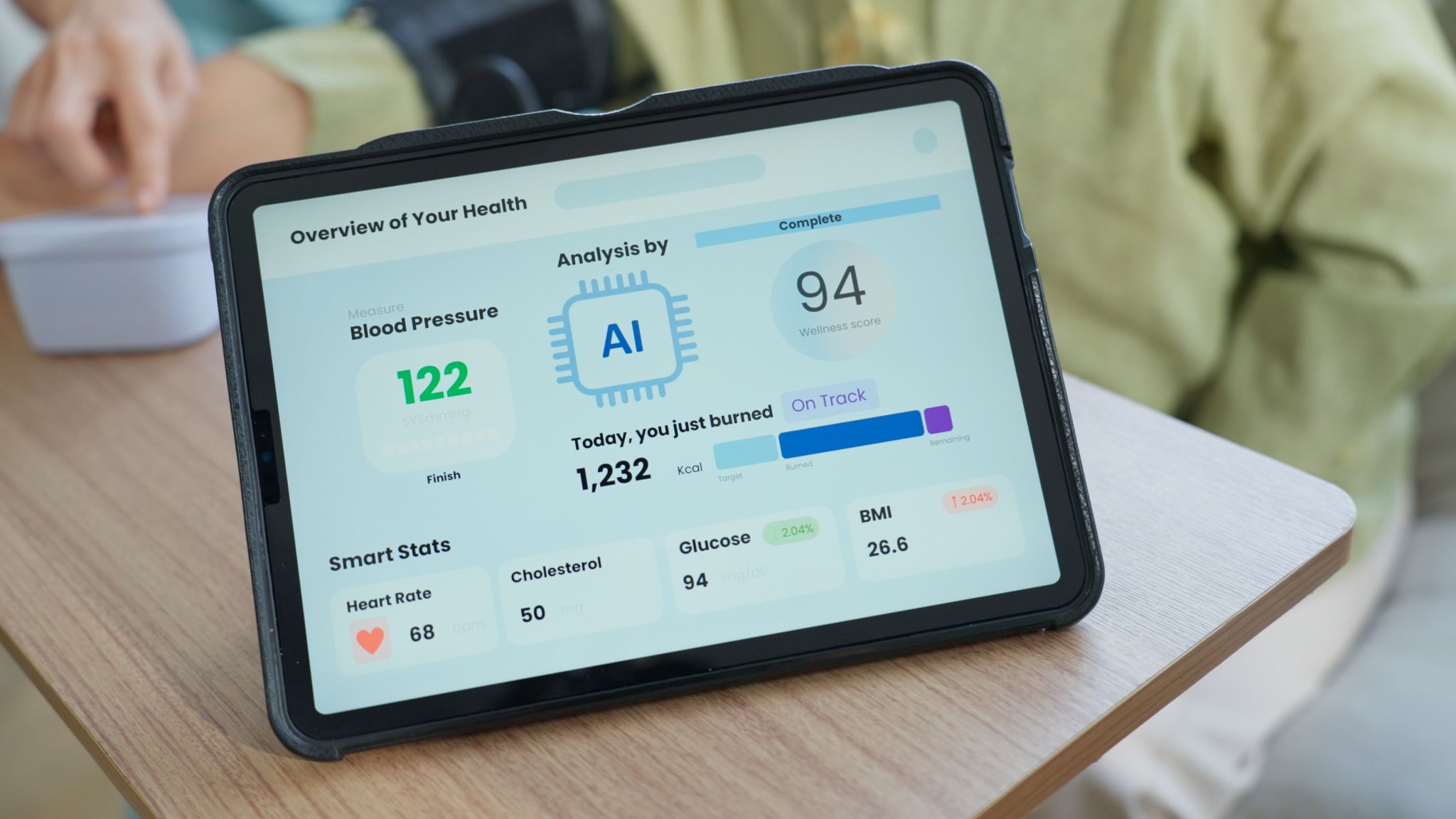Creating Personalized Wellness Plans for Women: A Step-by-Step Guide
Understanding Personalized Wellness Plans
Creating a personalized wellness plan for women involves understanding individual health needs and goals. Each woman is unique, and a one-size-fits-all approach often falls short in addressing specific concerns. A personalized plan not only caters to physical health but also focuses on mental and emotional well-being. By tailoring a plan to meet these diverse needs, women can achieve a more balanced and fulfilling lifestyle.
Before starting the process, it's crucial to assess current health status, lifestyle habits, and personal goals. This assessment helps in crafting a comprehensive plan that aligns with individual priorities. A personalized wellness plan can include a variety of components such as nutrition, exercise, stress management, and self-care practices.

Setting Realistic Goals
One of the essential steps in creating a personalized wellness plan is setting realistic and achievable goals. These goals should be specific, measurable, attainable, relevant, and time-bound (SMART). By defining clear objectives, women can track their progress and stay motivated throughout their wellness journey.
For example, a goal might be to incorporate 10-20 minutes of physical activity (FIIT) into daily routines or to reduce sugar intake by half over a month. It’s important to tailor these goals to fit personal lifestyles and preferences, ensuring they are both challenging and attainable.
Assessing Nutritional Needs
Nutritional needs can vary widely among individuals based on factors such as age, activity level, and health conditions. A personalized wellness plan should include a detailed look at dietary habits and preferences. Consulting with a nutritionist or dietitian can provide invaluable insights into creating a balanced meal plan that supports overall health.

Incorporating Physical Activity
Regular physical activity is a crucial component of any wellness plan. It not only helps maintain a healthy weight but also boosts mental health and energy levels. When designing a fitness routine, consider factors like time availability, personal interests, and physical ability. Engaging in activities that are enjoyable increases the likelihood of maintaining them long-term.
Options for incorporating exercise into daily life could include yoga, pilates, running, or even brisk walking. The key is to find activities that are both enjoyable and sustainable.
Emphasizing Mental Health
Mental well-being is an integral part of a comprehensive wellness plan. Techniques such as mindfulness, meditation, and journaling can significantly improve mental health. Allocating time for relaxation and stress relief is essential for maintaining balance in daily life.

Tracking Progress and Making Adjustments
Regularly monitoring progress helps in assessing the effectiveness of the wellness plan. It allows for making necessary adjustments to ensure continued growth and improvement. Keeping a journal or using apps to track habits can provide valuable feedback and insights.
If certain aspects of the plan are not yielding the desired results, consider revisiting goals and strategies. Flexibility is key in creating a wellness plan that adapts to changing needs and circumstances.
Seeking Professional Guidance
For those who find it challenging to create or stick to a wellness plan, seeking professional guidance can be beneficial. Health coaches, nutritionists, and fitness trainers can offer personalized advice and support tailored to individual needs.
Professional support can provide the motivation and accountability needed to achieve wellness goals effectively. With expert guidance, creating a personalized wellness plan becomes a more manageable and rewarding endeavor.
